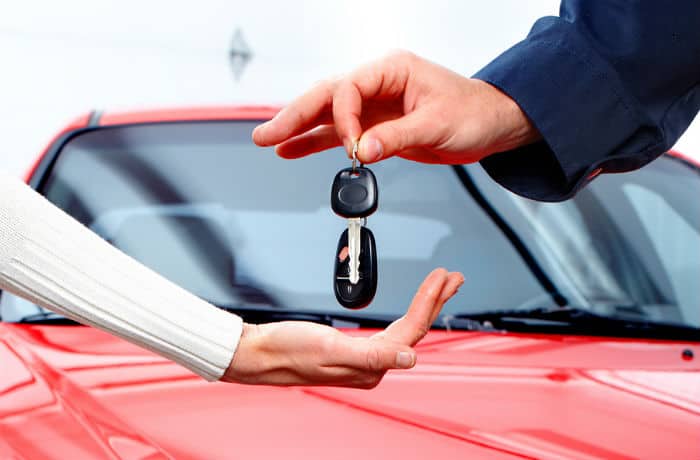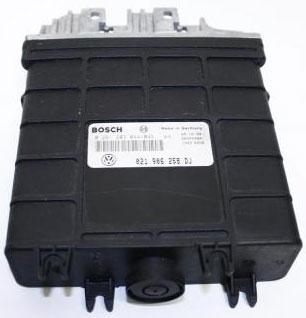Unless you’re a trained mechanic, purchasing a car can feel like a game of chance. The risks of buying into someone else’s problems, rather than getting the deal of the century, can be mitigated by purchasing from a dealer, trade garage, or private seller; however, that’s a topic for another day. But today let’s talk about Vehicle inspection checklist before you buy a car.

The golden rule for purchasing a used car
Purchasing a used car is a gamble. We always recommend that if you aren’t completely satisfied with the vehicle or its owner, WALK AWAY.
There will be other cars, many of which will be in much better condition and even available at a lower price. If anything about what you see doesn’t sit right with you, forget it—a there’s better car out there for you. With your safety and finances at stake, you must be completely satisfied with your decisions.
Our pre-purchase vehicle inspection checklist
The car you drive reveals a lot about your personality, but we’d recommend buying with your head rather than your heart. The car in front of you may appear to be the ideal car for you, but if it comes with red flags including endless problems and costs, it may not be worth the heartbreak.
1. Substandard vehicle bodywork
On older vehicles, minor dents and scratches are common. It’s unusual for an old car not to have a few scratches and combat scars over its lifetime, but signs of serious damage, whether repaired or not, can indicate accidents or malfunctions that weren’t properly fixed.
Gaps between body panels are important attributes of a damaged framework that has not been serviced properly. Different coloured panels are also visible signs of serious enough damage repair to warrant replacement bodywork.
2. Scratched windows or windscreen
Windscreen chips can develop into cracks that require repair or replacement. Cracks that appear to be in the driver’s line of sight may lead to a MOT failure. Make sure each & every one of the windows, whether manual or electronic, functions properly.
3. Road-legal tyres and wheels
To be road legal, all tyres must have a minimum depth of 1.6mm, so anything less than 3mm will need to be replaced soon. Uneven tyre wear (extreme wear on one side compared to the other) can indicate poor wheel balance or steering, or suspension issues.
During vehicle inspection, remember to check the spare wheel’s and tyre’s condition. If applicable, you should also have a jack, a spanner, and any special adapters required for locking wheel nuts..
4. Fluid leaks & noises from the engine
The engine should not make any strange noises or emit smoke of any colour from the exhaust. If you hear knocking noises, misfiring, or unusual or unexpected variations from the engine when you depress or release the accelerator, treat them with extreme caution. Check all fluid reservoirs for levels and obvious signs of leaks, including oil, brake, power steering, and coolant. Low fluid levels could indicate poor maintenance or faulty hoses or engine parts.
Don’t forget to take a look under the oil cap as well; any sign of a white, thick mayonnaise-like substance could be condensation, though it’s more likely to be caused by coolant mixing with the oil. This could suggest that the head gasket is not operating properly. Examine the ground beneath the car cautiously. Any problematic leaks may leave a patch or stain on the ground indicating the fluid leakage location.
5. Gearbox and clutch inspections
Feel for the bite point and pay attention to the smooth transition between the engine and the accelerator. Any unusual noises or clunky vibrations indicate a problem with one or both of these parts.
6. Defective car brakes
Don’t hold back from slamming on the brakes hard. In an emergency, you’ll need to be certain that you can do so, so make sure they’re not squishy or slow to respond. You must be certain that the car’s brakes are in perfect working condition.
7. Car battery & electrics
Test all of the car’s electric components, including the headlights, indicators, mirrors, and windows, as well as the central locking, air conditioning, and stereo. You should also examine the battery, inspecting the terminals for wear and tear, leaks, and corrosion.
8. Interior and upholstery
The interior and upholstery of a car can reveal information about its level of use. A worn-out steering wheel, worn-out pedals, or excessive wear to the side of the driver’s seat fabric indicates a car that has undergone a lot of usage; if this does not correlate to high mileage, then the odometer may have been fiddled with.
It’s also necessary to determine the source of any unusual odors. It doesn’t always have to be from a wet dog or a ferocious takeaway.
9. Documents pertaining to registration and service history
The V5C registration document, also known as the logbook, serves as proof of ownership. Confirm that all of the car’s details match up to the information on the V5C and that the Vehicle Identification Number shown matches the one on the car.
If the car has had several owners in a short period of time, it could indicate that problems have really been passed down from one owner to the next. If the address does not match that of a private seller, it could be stolen or a trade dealer posing as a private seller. Whatever the reason, you should investigate it. Acquire as much service history and previous MOT paperwork as possible. This will provide you with a much better understanding of how the car has performed over time and how well it has been maintained.
This is all for today, & we hope the next time you think of purchasing a car.. Our vehicle inspection checklist benefits you!

